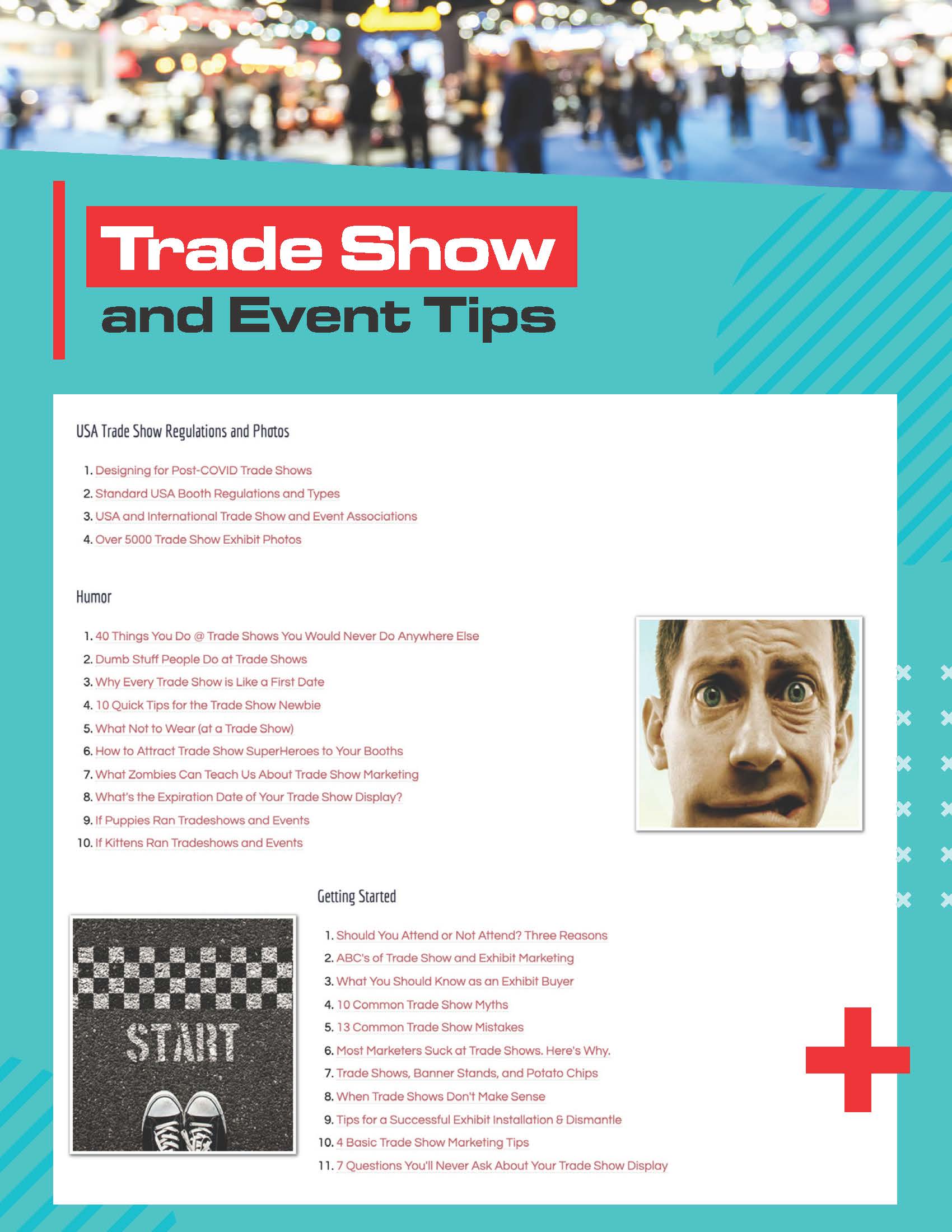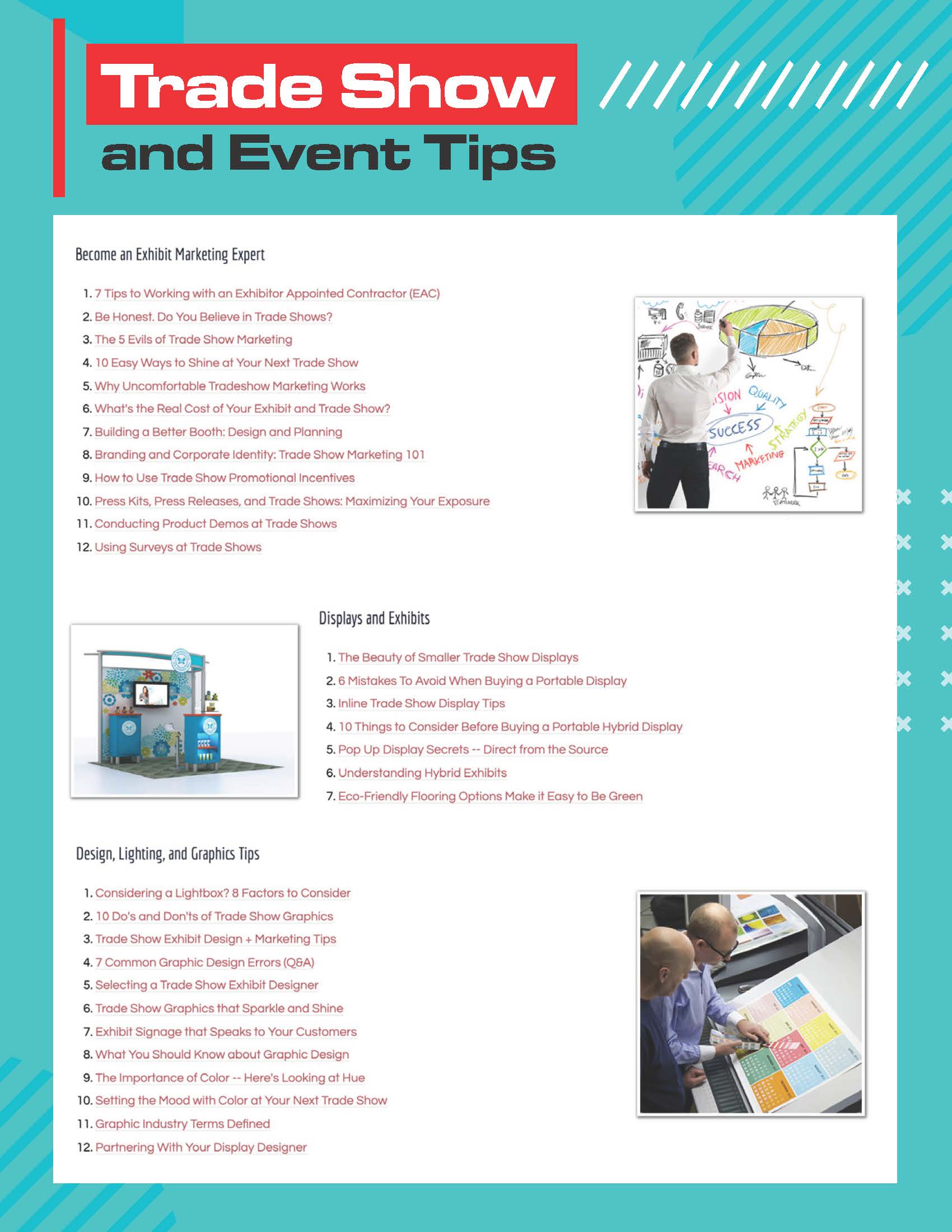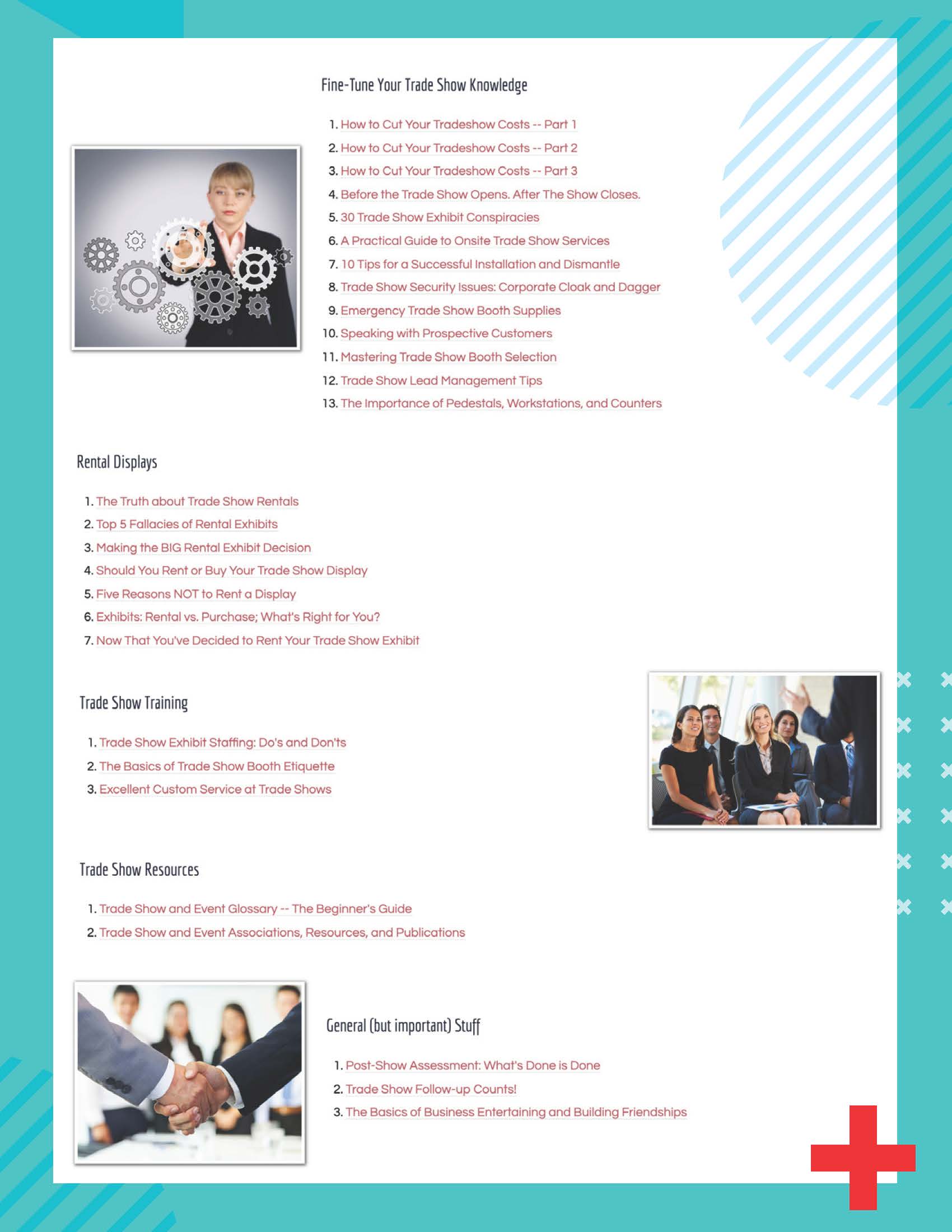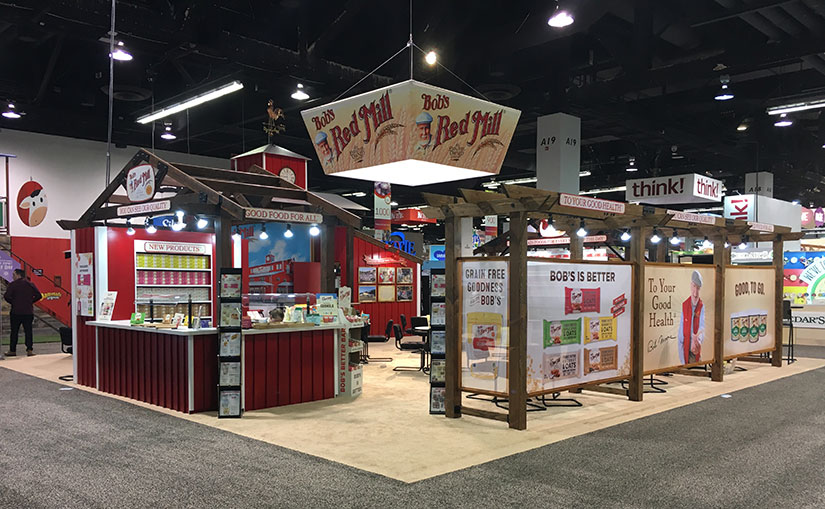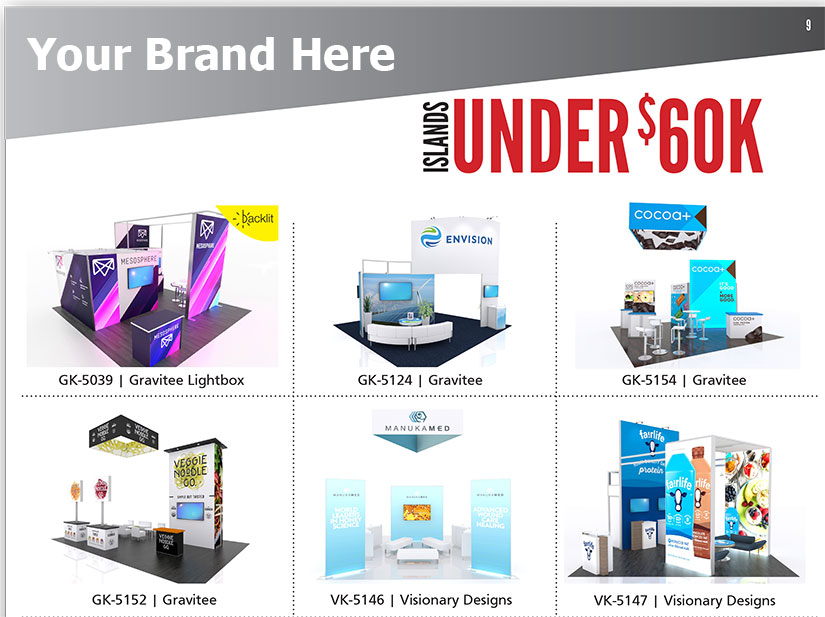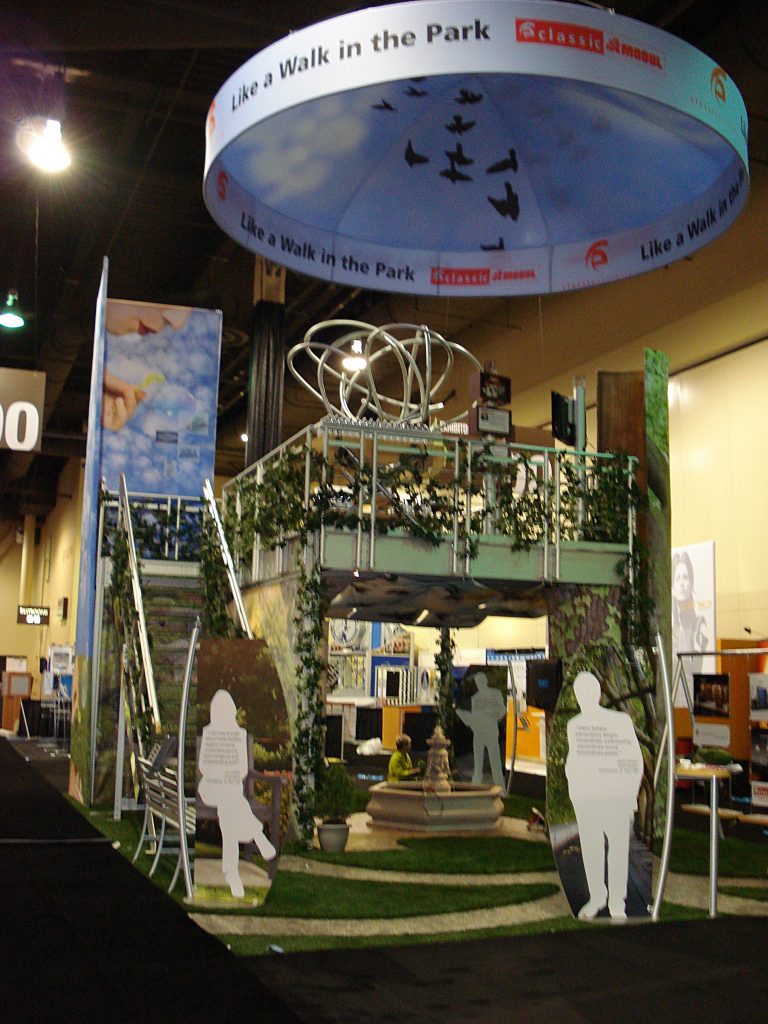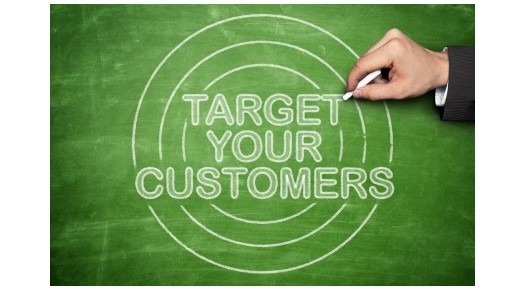
Anyone who writes marketing or sales emails sweats over subject lines. Admittedly, I’ve read quite a few articles from experts, each with kernels of wisdom. Yesterday, I read a great one from Tina Brown at Warp Corp, a builder and printer of tension fabric structures in Seattle. Tina brought it all together in a tidy, well-written package. So, I’m sharing.
5 Tricks to Mastering the Elusive Subject Line
Guest Post: Tina Brown, Warp Corp
Just when you thought you wrote something brilliant, you find that your open rates are less than impressive. How could writing 5-7 words be so hard? You used to write 2,000-word papers in college. You can form a sentence in your sleep. No really, you’re a sleep talker.
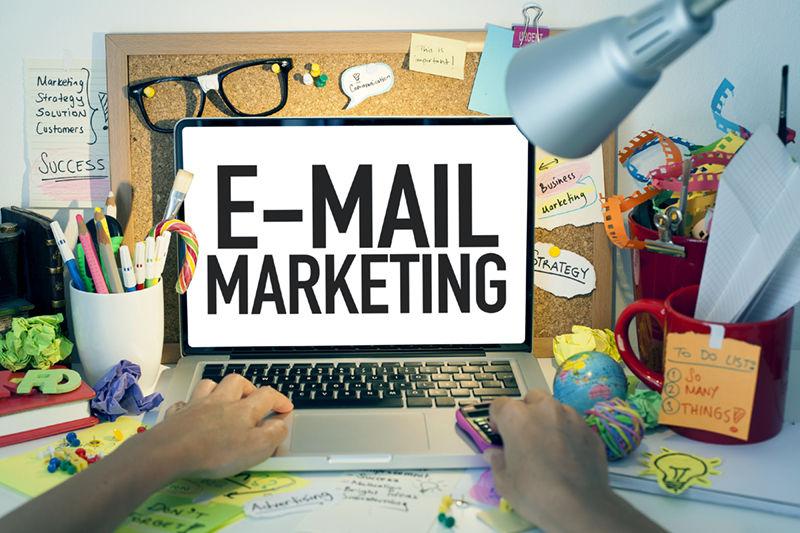 The truth is that subject lines are the doorway into your email campaigns. If that doorway isn’t enticing, no one will go on to click your emails, let alone buy your products. In fact, Convince and Convert reports that 33% of email recipients open email based on subject line alone. Even more challenging, your readers are inundated each and every day by a tidal wave of other emails vying for their attention. So how do you write email subject lines that cut through the noise?
The truth is that subject lines are the doorway into your email campaigns. If that doorway isn’t enticing, no one will go on to click your emails, let alone buy your products. In fact, Convince and Convert reports that 33% of email recipients open email based on subject line alone. Even more challenging, your readers are inundated each and every day by a tidal wave of other emails vying for their attention. So how do you write email subject lines that cut through the noise?
Let me first reveal that subject lines are everywhere—on billboards, in songs and commercials, magazines, news articles, and even everyday conversations. To create your own, all it takes is knowing how to shape it, and the inspiration will start flooding in.
I’ve spent the last three years working in demand generation with one major goal in mind: crack the code on writing the perfect subject line. After hundreds, if not thousands, of subject lines tests, I have boiled it down to these five tips to improve your subject lines and increase your open rates:
1. Front-Load the Important Words
You know that one friend who’s horrible at telling stories? You know, where 15 minutes into telling their story, you begin thinking “Where is this even going? Are we ever going to hear the good part?” And by the time they finally get to the good part, you’ve already checked out. Yeah, some subject lines are just like that—don’t let it be yours.
People want to know why your email is more important than the thousands of others in their inbox, so put all the important, actionable words in the front of your subject line to entice opens. In other words, get to the point! In my experience, changing the structure of the sentence line to front-load the important keywords has increased open rates by 10-20%.
2. Ask a Question

I’ve been told several times that the most well-liked person in the room is the one who does nothing but asks folks questions, showing genuine interest in their lives and saying very little about their own. Why? Because people love to talk about themselves and their interests. Ask your subscribers questions and it’ll not only pique their curiosity, but they’ll respond positively by opening more of your emails. For example, imagine you’re sending out a new ebook on “The Holy Grail to Higher Revenue.” In your subject line, instead of just repeating the title, you could write “Looking for the Holy Grail to higher revenue? We have it!”
3. Use Numbers
People love numbers and lists. They’re easy to read, help us make sense of more complex concepts by breaking it into smaller parts, and let us know exactly what to expect (e.g. 5 Things Your Subject Lines Are Missing). The New Yorker even published a piece on “A List of Reasons Why Our Brains Love Lists,” which goes into this in depth. Numbers can also be used to create a sense of urgency or emphasize a discount.
4. Get Personal
There’s usually at least one person in every office who can’t seem to remember anyone’s first name. Mike is Matt, Joe is John, and Stacy is Stephanie. They might try to get around it by using nicknames like sport, bud, pal, dude, man, bro, and fella. For the record, no one likes that, especially not your email subscribers.
Address your subscribers by their name or insert pronouns like “you” or “your” to give your subject lines a personalized touch. According to Experian, emails with personalized subject lines are 26% more likely to be opened (although it varies by industry), yet 70% of brands are not personalizing emails sent to subscribers. That’s a huge opportunity for your brand to stand out!
5. Use Rhymes, Alliteration, and Puns
This might seem weird, but I have always seen subject lines that use rhymes, alliteration, or puns do really well. Have you ever read a word or name over and over again until it either sounds weird or gets funnier each time? My word is “hullabaloo,” which means a great noise or excitement. Or have you ever read a subject line that was so clever it deserved to be opened?
If you can write a subject line that rolls off the tongue, you will get a higher open rate. It’s like music to the ears! It’s not easy to come up with these but when you do, they will perform exceedingly well. In fact, I’ve seen extraordinary subject line performance where I’ve beaten the control by 30-40%! For some inspiration, just take a look at some of the session names from SXSW. Some of my favorites from previous years? “Social Music Marketing: Bands, Brands and Fans” and “An Unusual Arsenal: Tech Tools to Topple a Tyrant.”
That’s it! 5 tips to improve your subject lines and get your emails opened. I hope that these tips inspire you to get out there and write subject lines like no one has ever seen before. Remember, subject lines exist everywhere. All you have to do is keep your eyes and ears open.
**********************************
My sincere thanks to Tina for allowing Classic Exhibits to share this in the Trade Show Tales blog. Please let her know if you enjoyed her post.
–Mel White
mel@classicexhibits.com
http://www.linkedin.com/in/melmwhite
https://twitter.com/melmwhite
https://www.facebook.com/Classic-Exhibits-Inc-113601405319757
[subscribe2]

